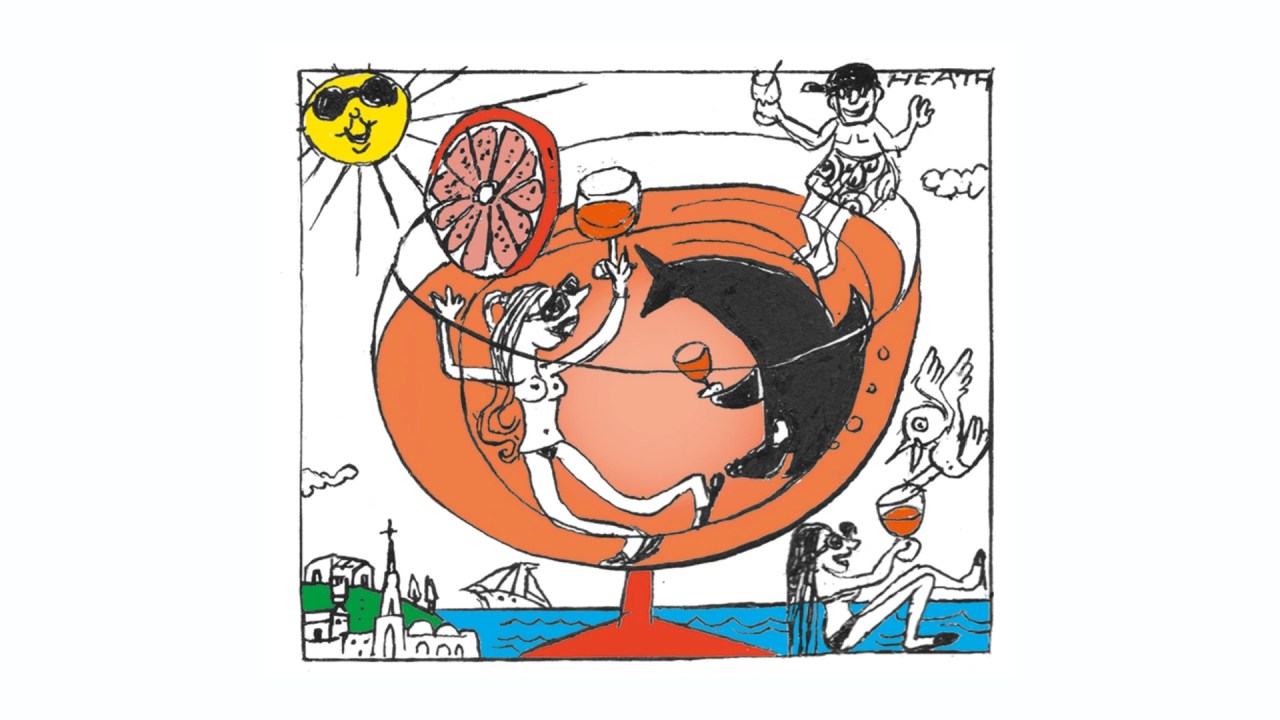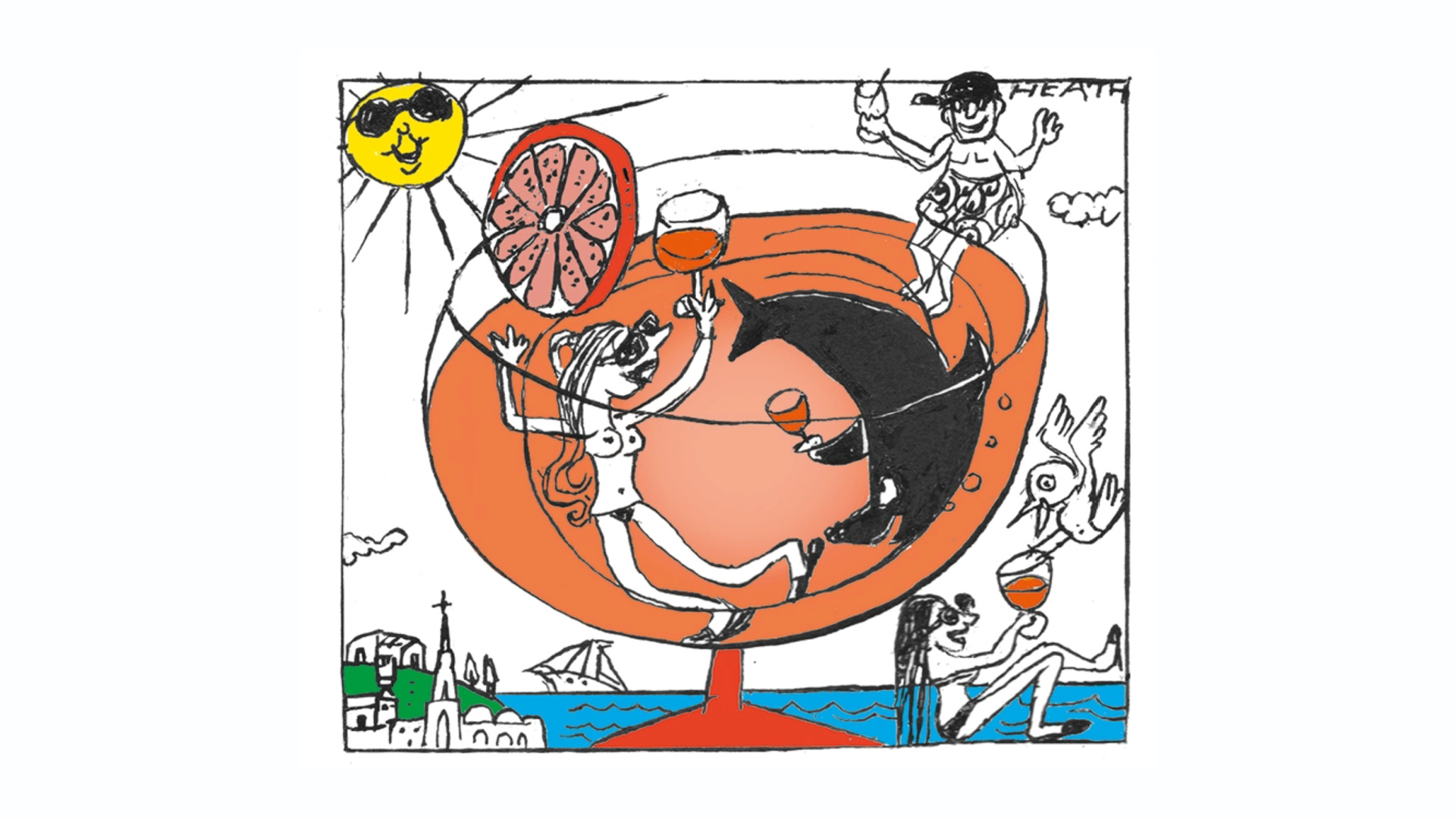I’m in Tuscany, where the piazzas glow orange at dusk, not only from the sunsets but also from the profusion of Aperol spritz. The bright orange drink has exploded in popularity in the past five years. Everyone’s drinking it: young women, middle-aged couples, groups of wrinkly tanned men, all sucking from straws sticking out of vast wine glasses loaded with ice cubes that give the illusion that there’s more liquid than there is in the famous 3-2-1 formula: three parts prosecco (equating to just one-tenth of a bottle), two parts Aperol and one part soda water, plus the obligatory orange slice.
At the trendiest bar in Lucca I scoured the menu for the two drinks I used most to associate with Italy: Martini Rosso and the bellini. They weren’t there. Glitzy Aperol spritz, the parakeet of the drinks world, is eliminating the less brash native alternatives.
It’s happening in Britain, too. Go to any pub or wine bar on a summer Saturday and you’ll see it everywhere, in branded glasses with ‘Aperol spritz’ in diagonal lettering. It’s now so popular that some London pubs can get away with charging £15.50 per glass.
I tend to fall for the drink about once per summer, enticed by its Amalfi coast associations: ‘Italian sunset in a glass’. I like the fact that Aperol liqueur was invented in 1919 by the Barbieri brothers in Padua, and that it’s made of poetic plant ingredients: oranges, rhubarb, cinchona and ‘30 other secret ingredients’ which the Campari Group vowed not to tamper with when they purchased Aperol in 2000.
But after the first three or four thirst-quenching sips, I find it starts to pall, and I start to wonder what those 30 other secret ingredients might be.









Comments
Join the debate for just £1 a month
Be part of the conversation with other Spectator readers by getting your first three months for £3.
UNLOCK ACCESS Just £1 a monthAlready a subscriber? Log in